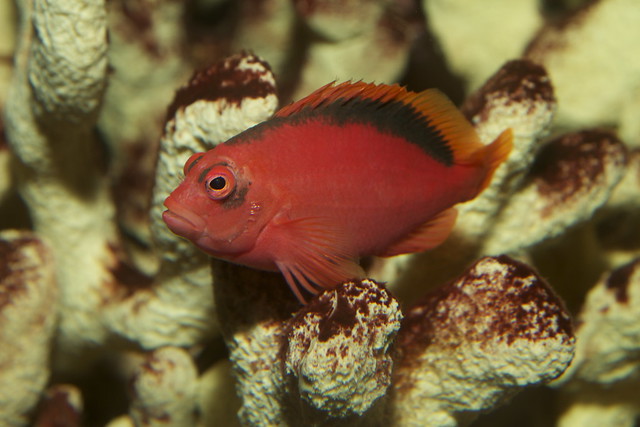 |
| Corydoras Habrosus (Photo credit: Wikipedia) |
Once you start keeping them, you are obviously interested in breeding them. Sometimes, without any effort on your part, you will find their eggs at the bottom of the tank. This may be due to the fact that they are happy with the conditions of the tank and they are confident that their young ones will also be happy in the same environment.
Well, in such a situation, you obviously do not take any special efforts. However, if such a situation does not occur, you may be interested in breeding them. Here is some advice for you to do it successfully.
The first step in breeding any fish is to create a separate tank. That is very convenient and it increases your chances of success. The tank may not be big but it should be wide so that it will provide good space to Corydoras catfish for swimming at the bottom. It will also provide an opportunity for the new ones to get more oxygen. As these fish do not normally use the upper portion of the tank, you can arrange for a tank of about 10 gallons of capacity available at a reasonable price in the market.
You should provide sand or small gravel at the bottom of the tank. You should also provide some hiding place for the fish to make them happy. You can also add some plants having big leaves because the females may like to lay eggs on such leaves. You can provide a small filter for cleaning the water. Do not go for a big filter because there is a risk of small fry being sucked into it.
You have to keep Corydoras catfish in groups for successful breeding. They should be kept in the proportion of two females for one male.
You should remember an important thing while breeding Corydoras catfish - they will not breed if they are not happy about the environment. So to make them confident about their surroundings, you should provide a few hiding places, keep the water clean and free of toxic contents, keep the levels of nitrites and ammonia within the limits and if the tank is too small, you should change the water frequently.
To help Corydoras catfish breeding, you should also provide them with plenty of food. They usually like bloodworms, so you should treat them with such food. Remember, the rainy season is considered ideal for the breeding of Corydoras catfish.
After all these preparations, you will find them getting ready for breeding. The female will get fatter, which shows that she is full of eggs and the males will be around her most of the time. At this time, you may change the water to make them comfortable.
The females will store eggs under their fins. They will try to go near the genitals of the mail and will start sucking the sperm. It will pass through her body and will be then sprayed on the eggs.
Once this is done, the females will approach plants or other hiding places where they will lay eggs. At this time, you should remove either the eggs or the parents from the tank because the parents do not take care of the eggs or the fry. The eggs are sticky and you can transfer them without much effort. However, it is better to avoid exposing eggs to open air. The eggs should be kept in a slow flow of water to avoid fungal growth on them. A simple way to do it is to put an air stone at the bottom of the tank.
The color of eggs will be beige and you may also find a spot on them as they approach the time of hatching. The eggs which are not fertile will look white in color. Soon, the new ones will come out.
They will require special food which should preferably be in liquid form. It is available in pet shops.
After a couple of days, you can provide them with small brine shrimp for proper nutrition. With their growth, you can increase the quantity of food gradually. It is extremely important to look after the conditions of water at this time because the small ones will be very delicate and will not be able to tolerate abnormal conditions.
After about two weeks, you may transfer them to a bigger tank or to the main tank in which you are keeping other species of fish.
Chintamani Abhyankar is a goldfish enthusiast and has been raising and breeding goldfish for many years. Article Source: EzineArticles |







